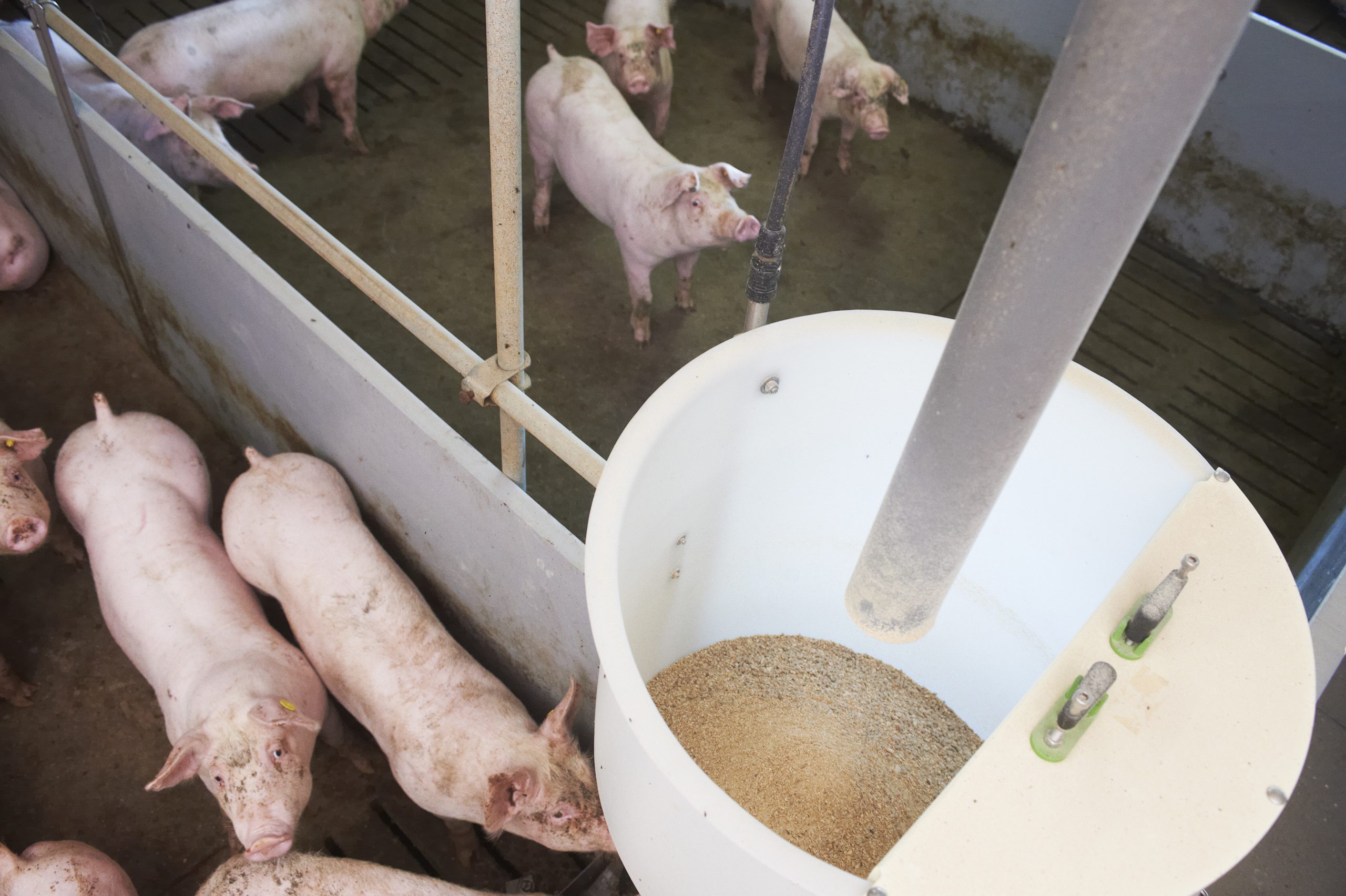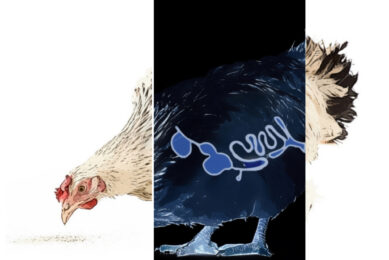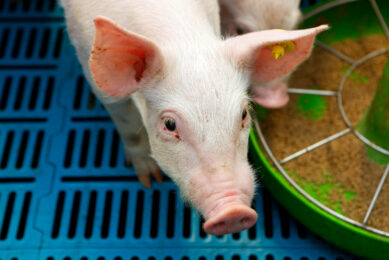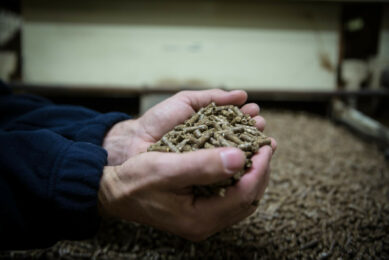Combining hydrothermal treatment and organic acids

A combination of hydrothermal treatment and the use of organic acids can successfully de-contaminate feed. This was shown by research from the German Research Institute of Feed Technology.
Feedstuffs are the basis for the production of safe foodstuffs of animal origin1. Despite the low water activity (aw), however, compound feed can always be contaminated with pathogenic germs. The highest risk for contamination of feed is from Salmonella spp. Special components, such as meal from oil seeds and protein feed of animal origin are considered as high-risk feed4.
More than 80% of Salmonella reports in the European Rapid Alert System for Food and Feed (RASFF) can be traced back to these components10. Besides Salmonella spp. the contamination with other pathogens such as Clostridium perfringens or Listeria monocytogenes are also found in compound feed. These organisms can survive long periods in feed, due to the nutrients and moist content of the feed. When contaminated feed is consumed, pathogenic microorganisms can be transferred to the animals, which is documented as Salmonella in different studies for different animal species2,3,7.
Economic importance
When infected animals are slaughtered and further processed, the pathogens can enter the human food chain and thus initiate an infection chain from animals to humans4,5. The legal framework established by the EU (EC regulation on control of Salmonella and other zoonotic agents) and the feed hygiene regulation give feed producers the responsibility for the safety of feed11,12. It clearly states that contaminated feedstuffs must be withdrawn from the market and that the costs of eliminating feedstuffs must be borne by the manufacturer. However, if an effective decontamination of the feed can be demonstrated, further processing is possible. On 13 December 2016, the FEFAC workshop “Salmonella Risk Management in Feed” took place in Paris, where the importance of feed hygiene was once again addressed. Recent research, among others at the AGES in Austria, also reveal the need for more work into this topic8.
Current research
At the IFF Research Institute of Feed Technology, a multi-stage industry research project for hygienisation is being carried out using a combination of hydrothermal treatment and various organic acid preparations. A total of 15 project partners in the field of feed production, plant construction, additive production as well as an association of value chain in Germany have decided together with the IFF Research Institute to continue the research in this area. The fact that additional financial support from the Victam Foundation was granted once again points out the importance of hygienisation in the feed industry, not only in Germany.
In the first project section, the treatment of two mash compound feeds (broiler feed and laying hen feed) and a single feedstuff (rapeseed meal) are carried out in order to assess different buffer effects (between 740 and 2,150 mEq/kg) on the efficacy of the treatment. Since the Research Institute is not allowed to infect Salmonella-free feedstuff artificially with Salmonella or work with naturally Salmonella-contaminated feedstuffs, the individual feedstuffs are inoculated with a suitable a-pathogenic test germ from the family of Enterobacteriaceae (Escherichia coli DSM 498). This test organism according to current knowledge has a similar degradation behaviour as pathogenic Salmonella in hydrothermal and/or chemical stress. The contaminated batches are treated hydrothermically at different treatment temperatures or with additional use of 85% formic acid or one of three acid preparations, which are added during the conditioning. The acid preparations are two liquid products and a powdered product, which are made available by the manufacturers and are used in dosage rates between 0.1 and 2.5% as required by the project partners. The effectiveness of the treatment is microbiologically examined at defined times between one day and 12 weeks.
Results so far
The results obtained so far suggest that a combined approach of hydrothermic/mechanical treatment and the simultaneous use of organic acid preparations during conditioning (de-pending on their dosage) brings various advantages compared to a solely hydrothermical mechanical treatment6,9. Depending on the dosage of the acid preparations, the liquid products show, as expected, a markedly better effect than the acid adsorbate on direct comparison, with which the same results are achieved in some cases only after a considerably extended exposure time. Even after cooling/drying the treated feed, a contamination of the feed seems to be prevented by the use of organic acid preparations during the hydrothermal treatment, which could make an additional preservation of the feed unnecessary. An in-depth implementation and further development of the obtained findings will be taken up in a follow-up project after completion of the current research project.
For additional information on the follow-up project, please contact iff@iff-braunschweig.de. References are available on request.
Author: Dipl.-Ing. Verena Kiehne, Iff Research Institute Of Feed Technology, Germany











